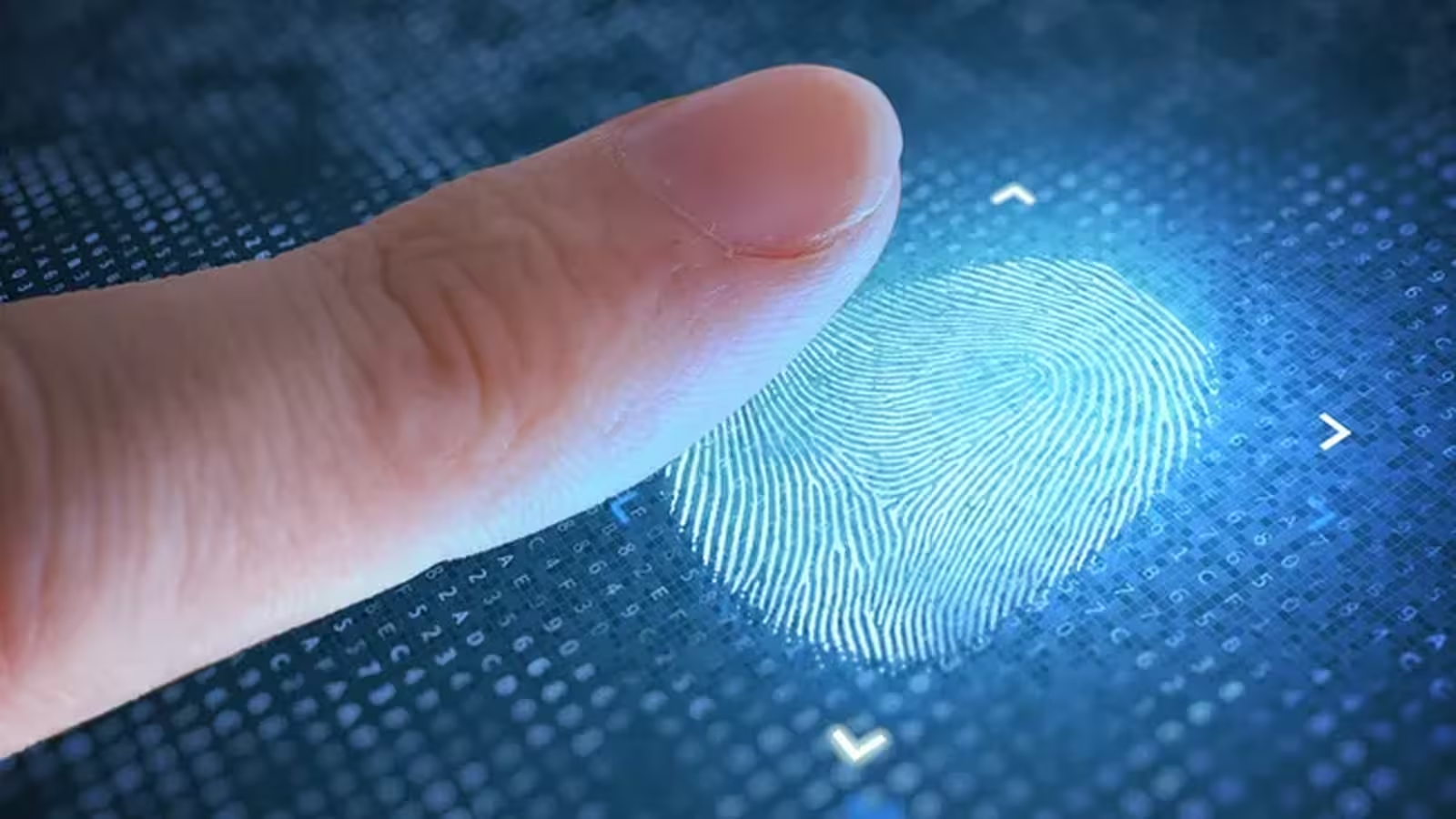6 Minutes
The Growing Importance of Biometric Data in the Digital Age
Biometric data—such as fingerprints, facial recognition, and iris scans—are rapidly becoming the cornerstone of secure digital identity verification across the globe. These unique physical characteristics enable swift authentication for a multitude of applications, from unlocking smartphones to streamlining passenger flows at airport security checkpoints. As this technology becomes embedded in daily life and business, biometric information is being recognized as a critical resource, rivaling the value of traditional financial assets.
Biometrics: The Scientific Foundation and Broad Adoption
Biometric authentication leverages the uniqueness of certain biological markers. Unlike passwords or PIN codes, which are vulnerable to theft or forgetfulness, biometric features—such as the intricate patterns of fingerprints and the geometry of a person’s face—are far more difficult to replicate or steal. The science behind biometrics relies on advanced imaging, pattern recognition, and robust encryption protocols, making it an attractive solution for both organizations and users seeking high security and convenience.
In the United Kingdom, the uptake of biometric systems has soared in recent years. Banks, fintech startups, and government agencies are at the forefront, enabling customers and citizens to log in or verify identity using their own biological features. At airports, biometric e-passports and self-service gates have not only improved operational efficiency but also provided a glimpse into how personal identification methods are evolving. This growing reliance on biometrics demonstrates a shift toward reducing friction in digital and physical transactions while maintaining robust safeguards against fraud.
The Economic Value and Inherent Risks of Biometric Information
From a business standpoint, the integration of biometric technologies represents a strategic defense against fraud and identity theft. Unlike numeric passwords that could be guessed or brute-forced, biometric identifiers offer a higher level of assurance. Customers, on the other hand, benefit from convenient authentication—no more juggling multiple login details or worrying about lost access credentials.
However, the irreplaceable nature of biometric data is a double-edged sword. If a password is breached, it can be changed; if a biometric identifier is compromised—like a fingerprint or facial template—it can’t simply be reset. This vulnerability introduces unprecedented security implications, and the digital black market has responded accordingly.
Biometric Data Breaches: Real-World Cases
One of the most illustrative examples is the BioStar 2 incident, in which more than a million users’ fingerprints and facial recognition data were exposed due to poor server protections. This type of breach places affected individuals at permanent risk: stolen biometric templates can fuel the creation of synthetic identities, facilitate unauthorized access, or be exploited repeatedly on the dark web. With no way to revoke a fingerprint or reset a face, such events mark a new era in cybersecurity and privacy concerns.
The Biometric Black Market: An Emerging Cybersecurity Threat
The increasing value of biometric data has spawned a thriving illicit trade. Cybercriminals have long trafficked in stolen credit cards and login credentials, but biometric datasets now command even higher prices on the dark web. “Fingerprint kits” and collections of facial scans are marketed to identity thieves intent on bypassing authentication systems in banks, cryptocurrency platforms, and even government portals.
Packages combining high-resolution selfies, ID cards, and other personal documents are frequently traded online, giving fraudsters the necessary ammunition to defeat advanced security checks. Unlike conventional account details, biometric identifiers are unique and permanent, making them a long-term asset for crime syndicates. This booming underground marketplace underscores the dire need for enhanced security and regulation.
Regulatory Landscape: Protecting Biometric Data in the UK and Beyond
Recognizing the sensitivity of biometric information, UK law mandates that organizations must secure explicit consent and abide by strict protocols when collecting or storing biological identifiers. The Information Commissioner's Office (ICO), the UK’s data protection authority, enforces significant penalties for mishandling or failing to safeguard this information. Recommended best practices include encrypting biometric data, limiting storage duration, and, where possible, keeping data decentralized—such as storing it directly on a user’s device rather than on central servers, thereby reducing exposure in the event of a mass breach.
Despite these safeguards, legal compliance alone is not enough to build public trust. Transparency is essential: organizations must disclose how and why they process biometric data, who can access it, and how long it will be retained. There is a growing ethical imperative for companies to practice ‘privacy by design’—integrating strict privacy standards from the outset of system development. Moreover, rapid and honest disclosure of breaches is crucial to maintaining goodwill and integrity.
A few pioneering developers have implemented ‘cancellable biometrics’, a method allowing compromised templates to be revoked and replaced. However, this technology is not yet widespread, and much work remains to be done to bring these innovations to scale.
The Road Ahead: Future Trends, Challenges, and Opportunities
Looking forward, the use of biometric authentication is expected to expand into nearly every aspect of digital life, including e-commerce, healthcare, and governmental services. As dependence grows, so too does the sophistication of cyber threats. Researchers are racing to enhance anti-spoofing measures, employing artificial intelligence and ‘liveness detection’—a method for distinguishing real, live human inputs from fake or replayed data.
Lawmakers and privacy advocates are preparing for emerging challenges, such as the rising threat of deepfakes (AI-generated synthetic likenesses) and elaborate synthetic identities. The ICO and international entities are likely to develop and refine global standards—such as updates to the General Data Protection Regulation (GDPR)—in order to safeguard against these evolving risks.
Despite legitimate concerns, the potential benefits of well-implemented biometric technology are substantial: reduced rates of identity fraud, more accessible services, and seamless user experiences. The success of this transformation will depend on an ongoing commitment to robust encryption, minimal data retention, transparent operational standards, and the continual prioritization of privacy and security.
Conclusion
Biometric data is poised to become one of the most valuable assets in the digital era, potentially rivaling or even outpacing the worth of physical currency. Its unique advantages in security are counterbalanced by new risks and ethical dilemmas, demanding thoughtful implementation, vigilant oversight, and an unyielding commitment to privacy. As society navigates this rapidly evolving frontier, striking the right balance between convenience, security, and personal rights will be paramount. Organizations, regulators, and individuals alike must remain attentive and proactive to ensure that the promise of biometrics is realized without compromising fundamental human and digital rights.
Source: techradar



Comments